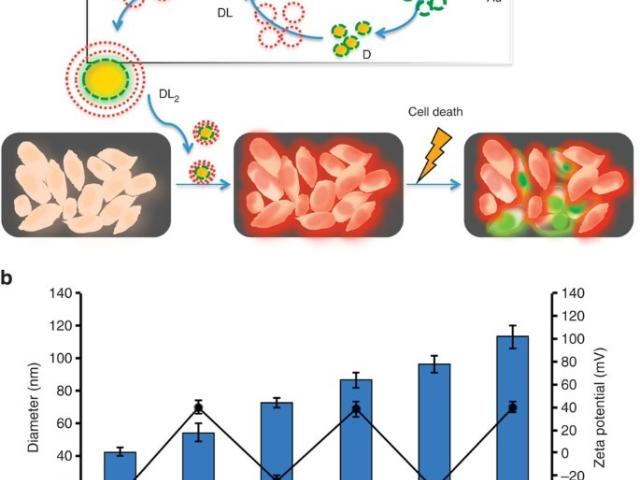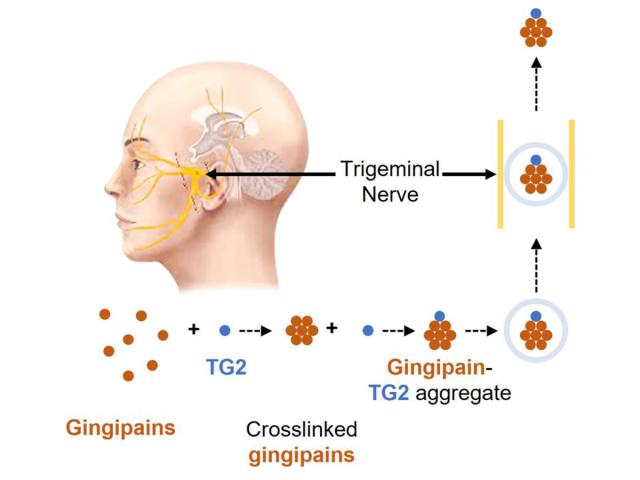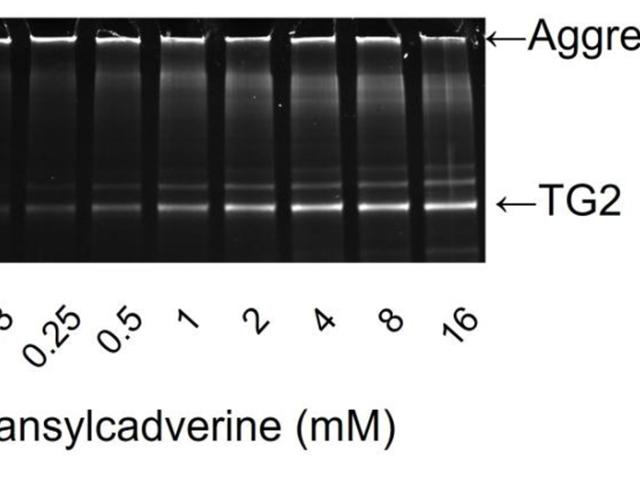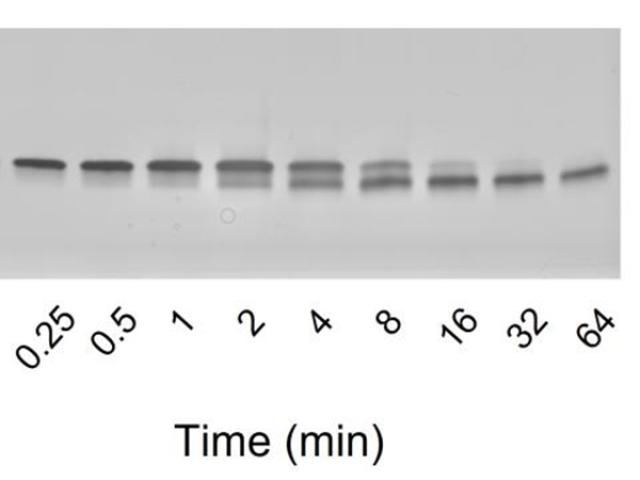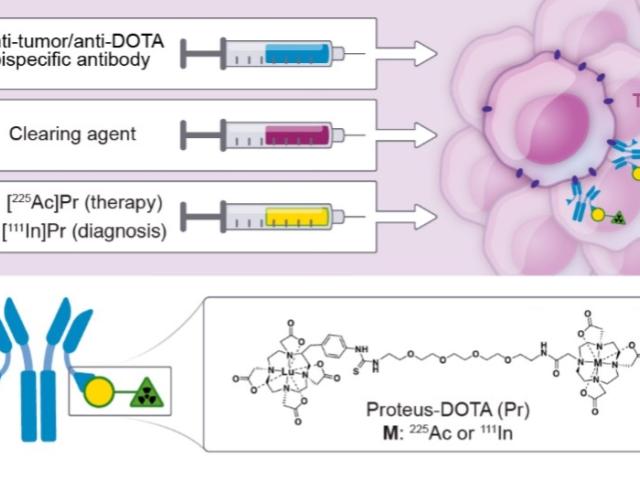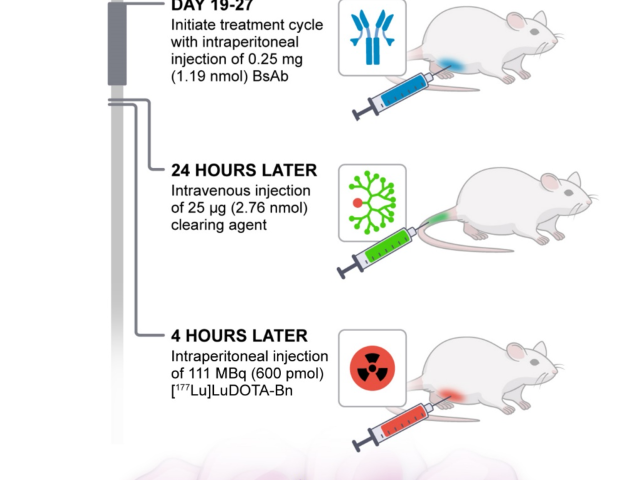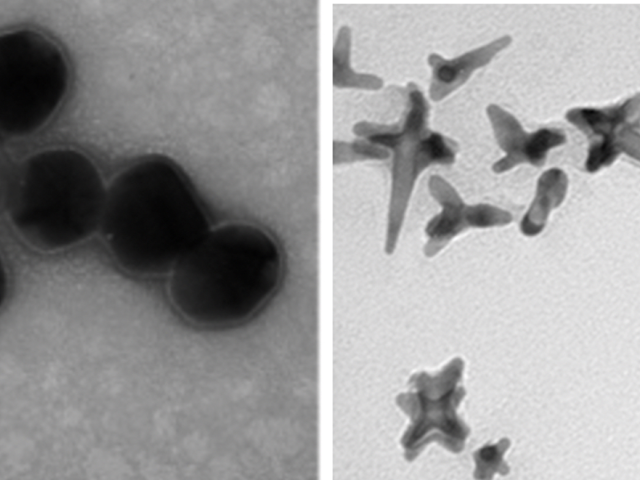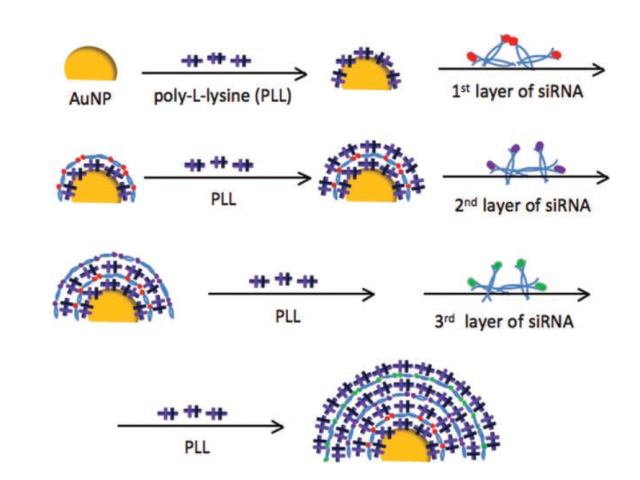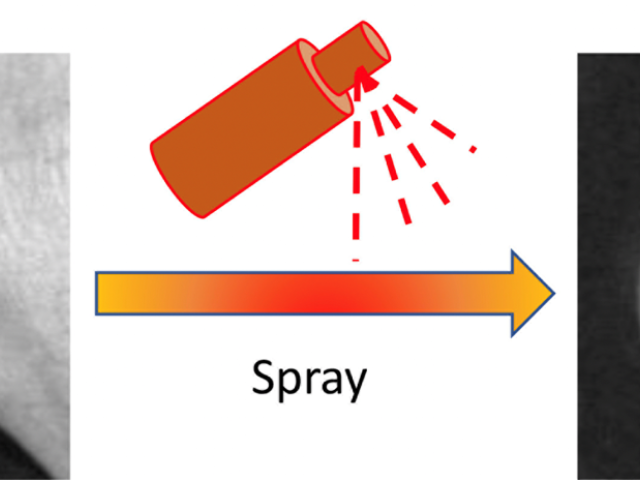An authentic imaging probe to track cell fate from beginning to end
Using layer-by-layer nanoplatform (LbLN) technology, Seung Koo Lee invented a state-of-the-art cell fate tracker (DL2) that showed the vital status of cells, whether they were alive or dead, in a Nature Communications paper with the above title. In that paper, he noted that tracing of cell viability was key for determining cell therapy safety and viability. Dr. Lee therefore created a...
Gingipains and Alzheimer’s disease
To investigate the Braak Hypothesis, Dr. Jeitner tests whether bacterial proteins in the infected mouth travel to the brain via neurons that regulate chewing. Currently, his interests center on gingipains, bacterial proteases that must aggregate to pass along the trigeminal nerve to the brain. Dr. Jeitner has demonstrated that tissue transglutaminase (TG2), one of the mouth’s transglutaminases,...
Identifying residues crosslinked by transglutaminases
Dr. Thomas Jeitner has developed a method to identify residues crosslinked by transglutaminases. In this method, dansylcadaverine, a fluorescent molecule, is attached to crosslinked residues. For this work, he took advantage of the fact that tissue transglutaminase (TG2) crosslinks itself; in doing so, he revealed that the enzyme forms crosslinks with native TG2, and with the aggregates it forms...
α-synuclein and Parkinson’s disease
In addition to crosslinking, transglutaminases catalyze deamination, or the removal of amine groups from proteins. This reaction accounts for celiac disease. In this disease, intestinal transglutaminases deaminate gliadin. The deaminated gliadin is then recognized as foreign by the immune system, and the ensuing inflammatory response causes celiac disease. The Jeitner lab discovered that α-...
Alpha radioimmunotherapy using 225Ac-proteus-DOTA for solid tumors - safety at curative doses
We developed the α-emitter DOTA-ligand bound radionucleuide-based pre-targeted radioimmunotherapy (DOTA-PRIT) with 225Ac and the requisite companion biomarkers (111In, 89Zr). Please see Theranostics: 2020, 10(25):11359-11375 and Nucl. Med. and Biol.: 2021, 96: p. S3-S4.
Adaption of DOTA-PRIT to image-guided α-particle therapy with 203Pb/212Pb
Lead-212 (212Pb) is a very promising α-emitting radionuclide for targeted radiotherapy (t1/2 = 10.6 h) with an elementally matched γ-emitting isotope lead-203 (203Pb) (t1/2 = 52 h) that can be used as an imaging surrogate. We are currently exploring candidate 203Pb/212Pb radiohaptens, and establishing anti-tumor efficacy with DOTA-ligand bound radionucleide based pretargeted radioimmunotherapy (...
Intraperitoneal pretargeted radioimmunotherapy for colorectal peritoneal carcinomatosis
We developed theranostic intraperitoneal DOTA-ligand bound radionuclide-based pretargeted radioimmunotherapy (DOTA-PRIT) for treatment of peritoneal carcinomatosis. Mol. Cancer Ther.: 2022 Jan;21(1):125-137.
Novel nanomedicines for diagnosis and therapy
By hitting multiple action mechanisms, combination therapy efficiently tackles cancer; however, drugs administered, simultaneously or sequentially, may not reach the targeted sites with the desired dose and ratio. The Tung lab develops various strategies to improve delivery efficiency and integrated therapeutic benefit; these strategies have been applied to multidrug combination therapy, self-...
Effective gene silencing by multilayered siRNA-coated gold nanoparticles
More than a decade ago, to improve cell tracking efficiency, Dr. Seung Koo Lee, in the lab of Dr. Ching Tung, formulated a layer-by-layer nanoplatform. Small interfering RNA (siRNA) had been proposed to treat various diseases by silencing genes, but delivery was problematic. A carefully built assembly approach was generated and used to prepare a protease-assisted nano-delivery system. Protease-...
“Spray-and-See” tumor highlighter for surgical guidance
Cancerous tissue surgical resection is a critical procedure for solid tumor treatment. During the operation, the surgeon primarily identifies the cancerous tissues by naked-eye visualization under white light; therefore, the outcome heavily relies on the surgeon’s experience. CypH-11, a near-infrared pH-responsive fluorogenic dye, was developed to delineate the tumor margin in real-time for...



